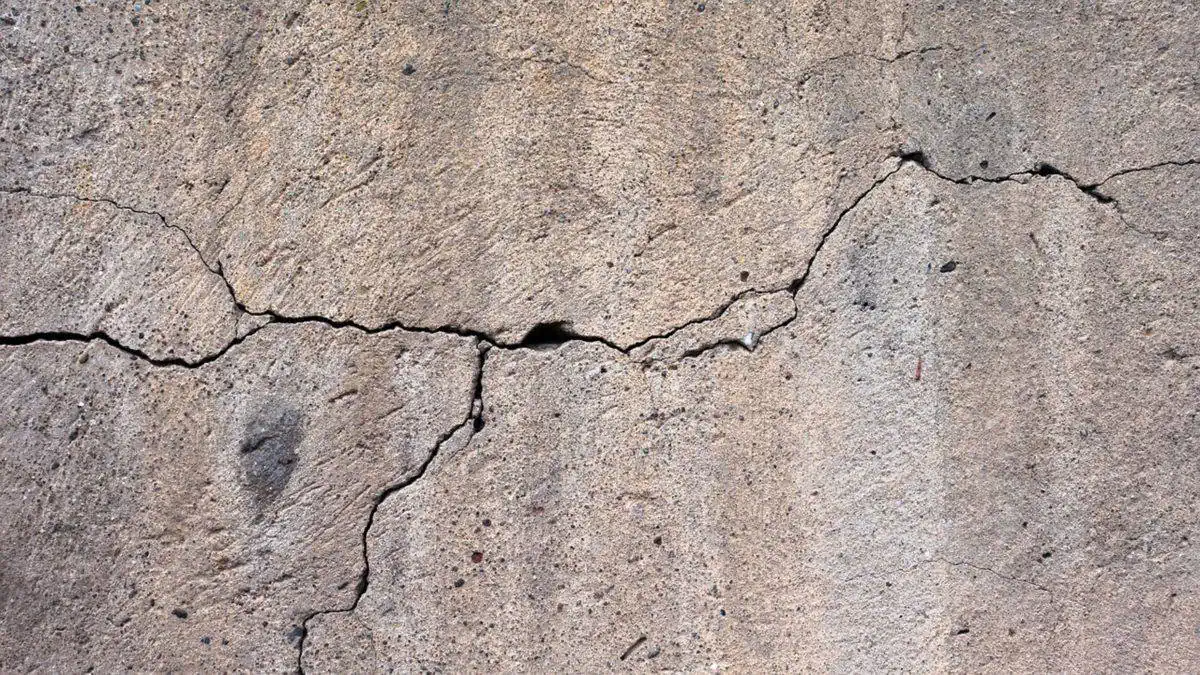Foundation problems are a big deal – they can lead to some of the most costly repairs you could ever make to your home. Potential buyers will surely steer clear of any house that has foundation problems, so what can you do to prevent issues with your foundation from arising and how can you check on your foundation? We have a few tips for you today that you can use to check on the health of your foundation.
Monitoring Your Foundation
There are some simple warning signs that are indicators of problems with your foundation.
- A door or window will not latch or close properly, where it used to before.
- New cracks appear over doorways, windows or where walls meet ceilings.
- Cracks show up in vinyl flooring or ceramic tile.
At this point, you should inspect your foundation from the outside. See if there are any leaning or bulging areas around your foundation. Use a level to check the walls near the foundation to see if they are still plumb.
You can also poke a poured concrete foundation wall to see if the concrete is chipping or flaking. The concrete should resist any damage from a screwdriver. If there is excessive chipping, your original concrete foundation mix may have had too much water or salty sand, which was a common issue in homes built around the early 1900s.
Structural Components
Posts or piers in your crawl space or basement should stand straight and be firmly planted on concrete. There should be no puddles or signs of wetness. Any wooden posts should resist damage from a screwdriver as well. Puddles or wetness may indicate poor drainage around the foundation perimeter.
Tip #1
Make sure your gutters are not clogged, as your gutters are the #1 way for your home to avoid excessive rainwater from pooling next to your foundation.
Tip #2
Make sure the soil near your house slopes AWAY so that water is not naturally running toward your house. If there is an issue with this, you may have to regrade so that it will slope away from the house.
Cracks
If you can already see cracks in the foundation, not all hope is lost. Some cracks are normal and some are not.
Hairline cracks
Small, thin cracks along the mortar between concrete blocks are usually due to shifting and rarely a cause for concern.
Stair-step cracks in masonry joints
This may be an indicator of larger issues. Excessive water pooling due to plugged gutters may be adding to the amount of water pushing against your foundation.
Horizontal cracks
These are the most serious. You may have soil that is expanding and contracting with the freeze-frost cycle, causing major damage to the foundation.
Get a Pro
If you think you have foundation issues, you should hire a structural engineer to take a look. This doesn’t have to be massively expensive, usually from $500-$1000 to inspect your foundation and give you a reasonable idea as to whether you’ll need to fix or replace your foundation.
Repairing the issues may just require some waterproofing paint ($30/gallon), some bracings (thousands of dollars) or a whole new foundation (tens of thousands of dollars). Hopefully, catching some of the issues early can help mitigate the cost. And remember to keep an eye on your gutters and water drainage away from your house! Any increased water flow towards your home is a bad sign and should be fixed as soon as possible.
If you would like to see more maintenance tips from Pro Home Improvement, drop us a note. If you need help with other issues in your house or need a professional opinion on a big project, give us a call at 888 776-1998 and we’ll set up a time to meet with you.

